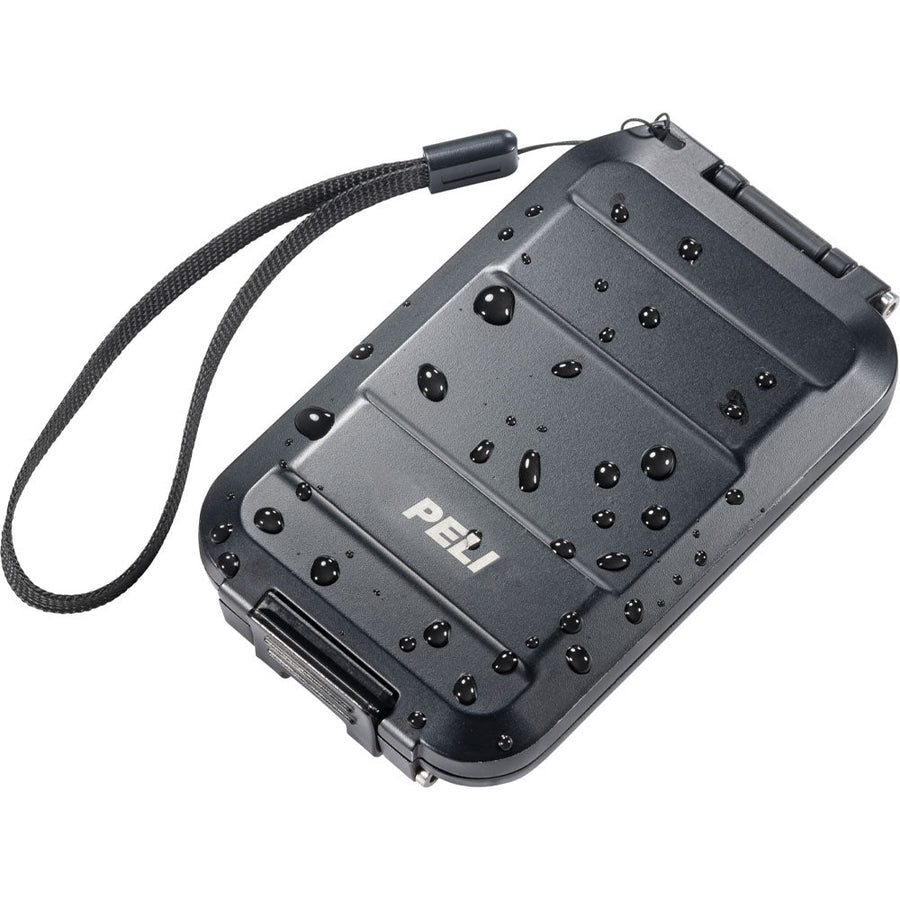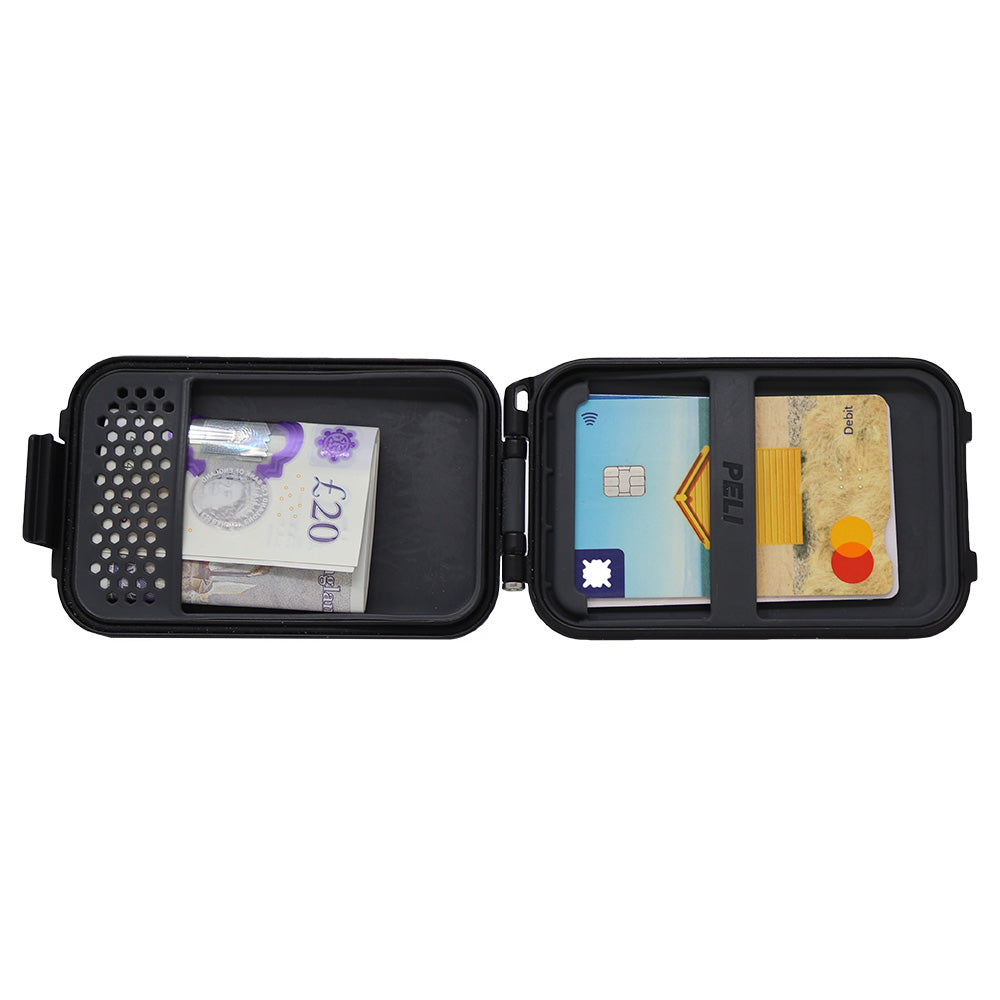The call for cameras in the courtroom
The recent one-off ITV special, Inside the Court of Appeal, allowed viewers to witness the legal battles that occur, when the convicted try to prove their innocence at the High Court. This fascinating documentary was the first of its kind in the UK, taking cameras into the court for an insight into how the legal system functions.
The impact of the programme renewed calls to allow cameras and media in the courtroom, to televise trials in the UK. If you’re interested in finding out more about the pros and cons associated with allowing cameras in the courtroom, as well as how this could affect the future of photojournalism, read on for more information.
Cameras in the courtroom - pros and cons
Pros of having cameras in courtrooms in the UK
Central to the ideals of a democracy is justice and the public. This is why a number of individuals are requesting the right to understand and see how their courts are working and ruling.
Making the courtroom more accessible
The courts are already open to the public, with limited requirements to attend a court hearing. However, most people do not have the time to go to see a trial or hearing in person, as well as their being limited seats available to the public. By allowing the media in, reporters and photojournalists can act as the public’s eyes and ears, making a trial which they would otherwise struggle to attend, more accessible.
Unobtrusive technology
Thanks to advancements in technology, recording and photography equipment is not as invasive as it used to be. This allows the trials and hearings to be televised without causing an obstruction to the people attending the hearing, or being so cumbersome that it could distract the attention of the witnesses, jury, judge, defendant or prosecutor.
Increase the understanding of our courts
There is the argument that with the presence of cameras, those participating in any hearing or trial would behave more professionally, knowing that their actions are being televised or photographed. By televising and photographing courtroom proceedings, the media will be able to share the professional manner in which cases are handled and sentences dealt with. This would further improve the image and understanding of how the courts in the UK function.
Get rid of inaccurate illustrations
Court hearings are currently being shared with the UK public via often inaccurate drawings of the court hearing, which struggles to capture any significant information such as the emotion, crucial information or the drama of the whole case. As a result, the public often has a general misunderstanding of the case or they build their opinions of a case. As such, allowing the media into court hearings should be the logical next step and perhaps the biggest growth area for photojournalism.
Improve the appeals process
In courts of appeal, barristers could use footage or photographs from the court hearing, to put forward an argument that there was prejudice in the trial or in the tone of the judge’s voice or body language. This type of vital and often life-changing information does not come through while reading the transcript of a trial.
A good example of how effective cameras in the courtroom could have been in the past, is the 1991 case allowing Spanish fisherman to operate in UK waters. In 2000, there was a case about two conjoined twins, Jodie and Mary, and whether it would be just to kill the weaker of the two, Mary, to save the stronger one, Jodie.
If these two cases had been televised, the hearings could also be further analysed post-trial, as well as being used by higher education to improve their syllabus or in the training of criminal lawyers. This highlights another benefit of allowing cameras in the courtroom.
Cons of having cameras in courtrooms in the UK
Too much of a distraction
It can be argued that as soon as a camera is present, people do not act in the same way if cameras weren’t there. This could provide further distractions in the courtroom with witnesses, judge and jury feeling uncomfortable or even more stressed due to the hearing being photographed or televised. On the other hand, lawyers who are looking to make a name for themselves or to direct attention to them rather than the case at hand, could play up to the cameras and cause further distraction.
Taking away the severity of the hearing
Televised trials may take away from the severity of the case, with the public feeling as if they’re watching a reality show. In television shows, defendants are more often than not portrayed as guilty, and this could create an increased sense of hostility towards the defendants. In turn, this could lead to an increase in guilty verdicts or condemnation, if the defendant is found to be not guilty.
Safety and security of those who are found to be not guilty
The integration of defendants into society would not be as easy for them, having been under the spotlight of television cameras - they could become targets of their community, receiving threats and abuse. They would be thrust into the public spotlight, especially in high profile cases, brought in for television interviews, have their cases further scrutinised on panels and could turn a judicial hearing into a media and public farce.
The influence of cameras and the media on court proceedings
Introducing cameras into the courtrooms could lead to the damage of the court’s credibility and the loss of control over its own proceedings, leaving it open to external influences affecting a trial which is currently in process. Courts in the UK have, more often than not, acted in a professional manner for decades without the need of introducing cameras. Any possible shakeup to this may not be worth the risk. The media would be able to portray or report on cases, putting forward their personal opinion or political standing and distorting proceedings.
Is this the future of photojournalism?
Whilst there are those who argue against introducing cameras into the UK courts, all court hearings are already open to the public. One of the main roles of the media is to dismantle misunderstandings and to share the hard facts with their audience. By introducing cameras into courtrooms, they will be better at meeting this objective.
This is an argument which is as divisive as adding VAR into football, however, it is an eventual inevitability in today’s connected world. In the same way that VAR has been tried and tested on small scales and more recently on the largest scale at the World Cup, we wouldn’t be surprised to see this same careful approach being trialed in UK courtrooms in the near future.
If you’re a budding photojournalist, don’t forget to visit the Peli UK Photography Hub for more information about the photojournalism niche and its future. Alternatively, feel free to browse our selection of hard camera cases which will keep your camera equipment and accessories safe from water, dust and being crushed. Our protective camera cases are the perfect companion for any professional photographer.






Leave a comment